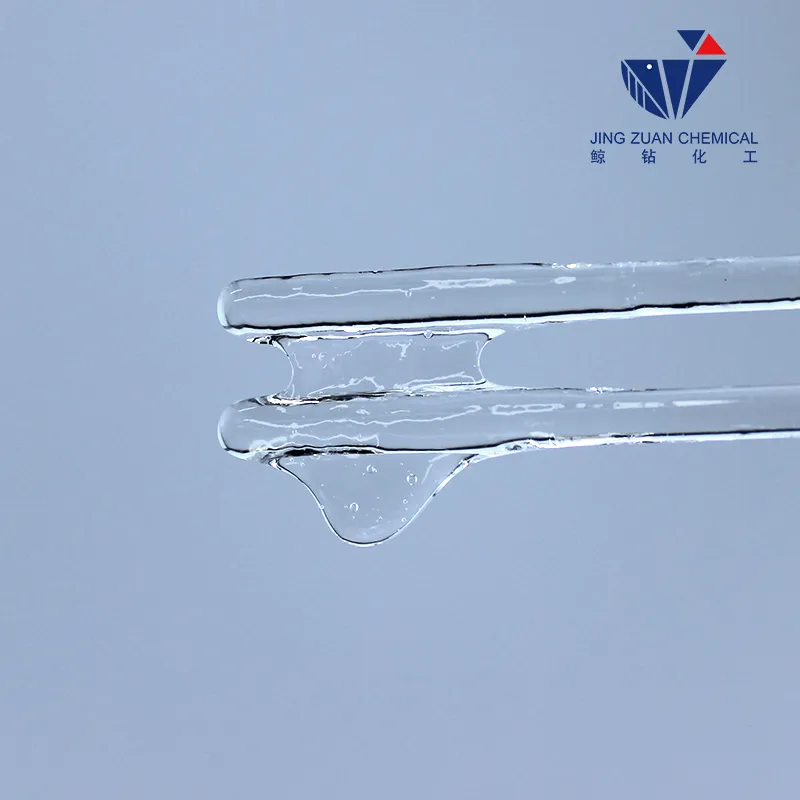
sep . 27, 2024 18:40 Back to list
hpmc vs hec
Comparing HPMC and HEC A Comprehensive Analysis
Hydroxypropyl methylcellulose (HPMC) and hydroxyethyl cellulose (HEC) are two widely utilized cellulose derivatives in various industrial applications. Both compounds possess unique properties that make them ideal for specific uses, particularly in the fields of pharmaceuticals, food production, cosmetics, and construction. In this article, we will compare HPMC and HEC regarding their chemical structure, properties, applications, and overall performance to highlight their strengths and weaknesses.
Chemical Structure and Properties
HPMC is a non-ionic, water-soluble polymer derived from cellulose. It is produced by the etherification of cellulose with methyl and hydroxypropyl groups. This modification enhances its solubility in both cold and hot water. The degree of substitution of hydroxyl groups in HPMC directly affects its properties, including viscosity, gel formation, and surface activity.
On the other hand, HEC is obtained through the etherification of cellulose with ethylene oxide. Similar to HPMC, HEC is also a non-ionic polymer and is soluble in water. However, it exhibits different characteristics, particularly in viscosity and gelation behavior. HEC's structure leads to a more pronounced thickening effect compared to HPMC, making it suitable for applications requiring higher viscosity control.
Physical and Chemical Properties
Both HPMC and HEC are known for their exceptional ability to form gels and thickening solutions. However, their performance can vary under different conditions. For instance, HPMC provides better thermal stability and clarity in formulations, making it suitable for pharmaceutical gels and coatings. Its thermoreversible gel properties allow it to be used effectively in products that require a shift between sol and gel states.
Conversely, HEC generally offers greater viscosity at lower concentrations. This property is particularly advantageous in products like paints and coatings, where sufficient thickness is necessary without the addition of large amounts of material. HEC also maintains its viscosity over a wider range of pH, making it versatile for use in varying environments.
hpmc vs hec

Applications
In the pharmaceutical industry, HPMC's controlled release properties make it an essential ingredient in drug formulations. Its ability to provide sustained release profiles ensures that patients receive the appropriate dosage over extended periods. Additionally, HPMC is frequently used in ocular formulations and as a coating agent for tablets, enhancing their appearance and bioavailability.
HEC, while also used in pharmaceuticals, finds broader applications in personal care products. Its superior thickening ability allows it to be used widely in shampoos, conditioners, and lotions. HEC contributes to the retention of moisture and improves the texture of cosmetic formulations, ensuring a pleasant user experience.
In the food industry, both HPMC and HEC serve as food additives to improve texture, stability, and moisture retention. HPMC is often found in gluten-free products as a replacement for gluten, providing structure and elasticity. HEC is used in sauces and dressings, where it acts as a thickening agent and stabilizer, preventing separation of ingredients.
Conclusion
In conclusion, both HPMC and HEC are invaluable cellulose derivatives with distinct properties and applications. HPMC is favored for pharmaceutical and medical applications due to its controlled release and thermal stability, while HEC is predominantly utilized in personal care products and food formulations for its superior thickening abilities. Understanding the differences between HPMC and HEC can aid manufacturers in selecting the appropriate ingredient for their specific applications, ultimately leading to improved product performance and consumer satisfaction.
As industries continue to evolve, the demand for these cellulose derivatives will likely increase. The ongoing research into their properties and potential applications presents exciting opportunities for innovation across various sectors, from healthcare to personal care and beyond. By leveraging the unique strengths of HPMC and HEC, manufacturers can create formulations that meet the complex needs of consumers in a rapidly changing marketplace.
-
Unlocking the Benefits of HPMC Products: A Gateway to Versatile Applications
NewsAug.07,2025
-
Unleashing the Potential of HPMC Ashland: A Comprehensive Look
NewsAug.07,2025
-
Tile Bonding Cellulose: The Key to Superior Adhesion and Durability
NewsAug.07,2025
-
Hydroxypropyl Methylcellulose Powder: The Versatile Component in Modern Pharmaceuticals
NewsAug.07,2025
-
Hydroxyethyl Cellulose: The Versatile Solution for Various Industries
NewsAug.07,2025
-
Hydroxyethyl Cellulose (HEC): The Versatile Polymer for Various Applications
NewsAug.07,2025







